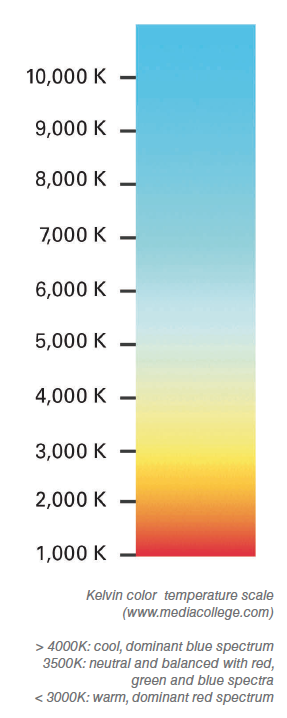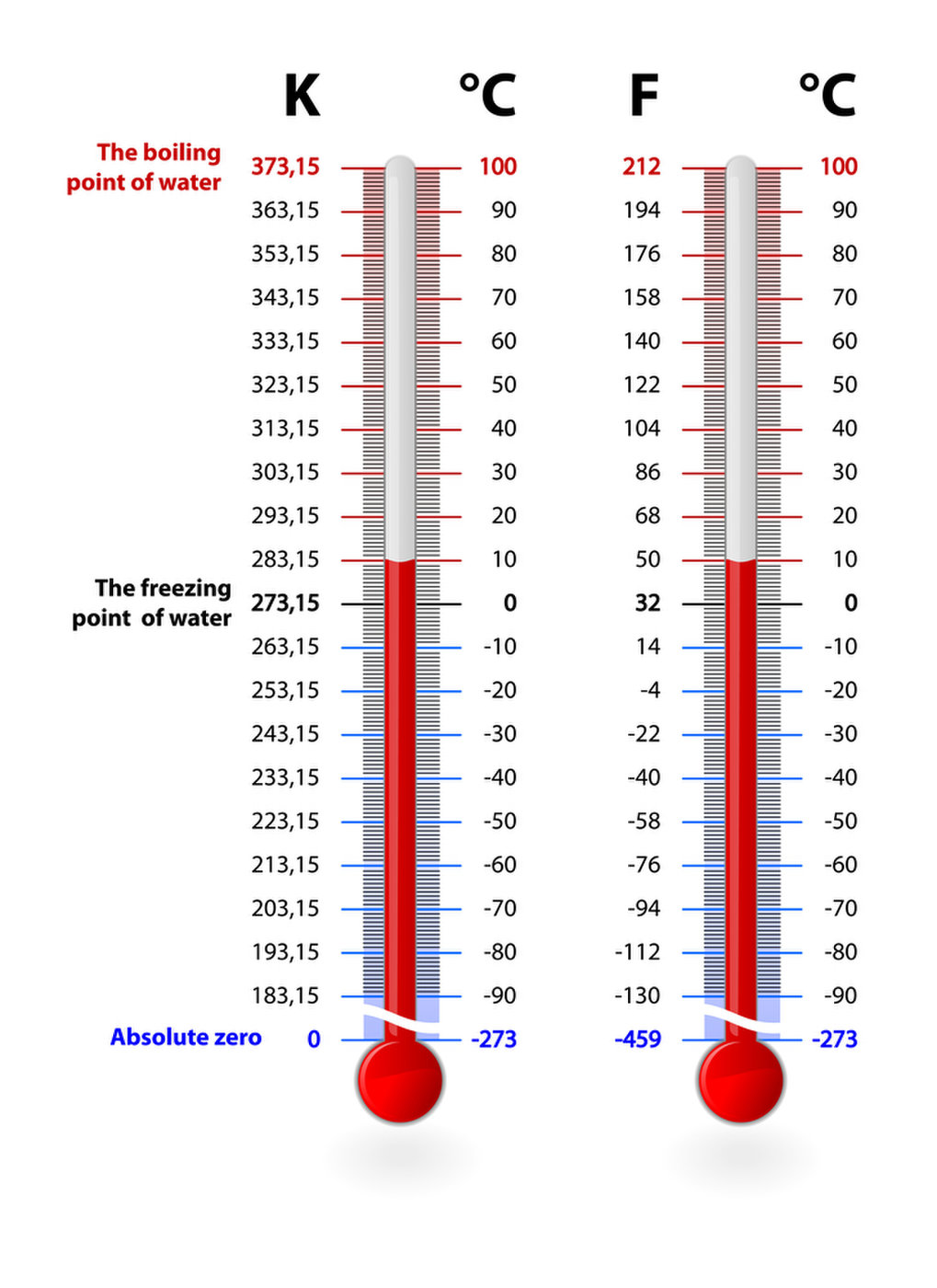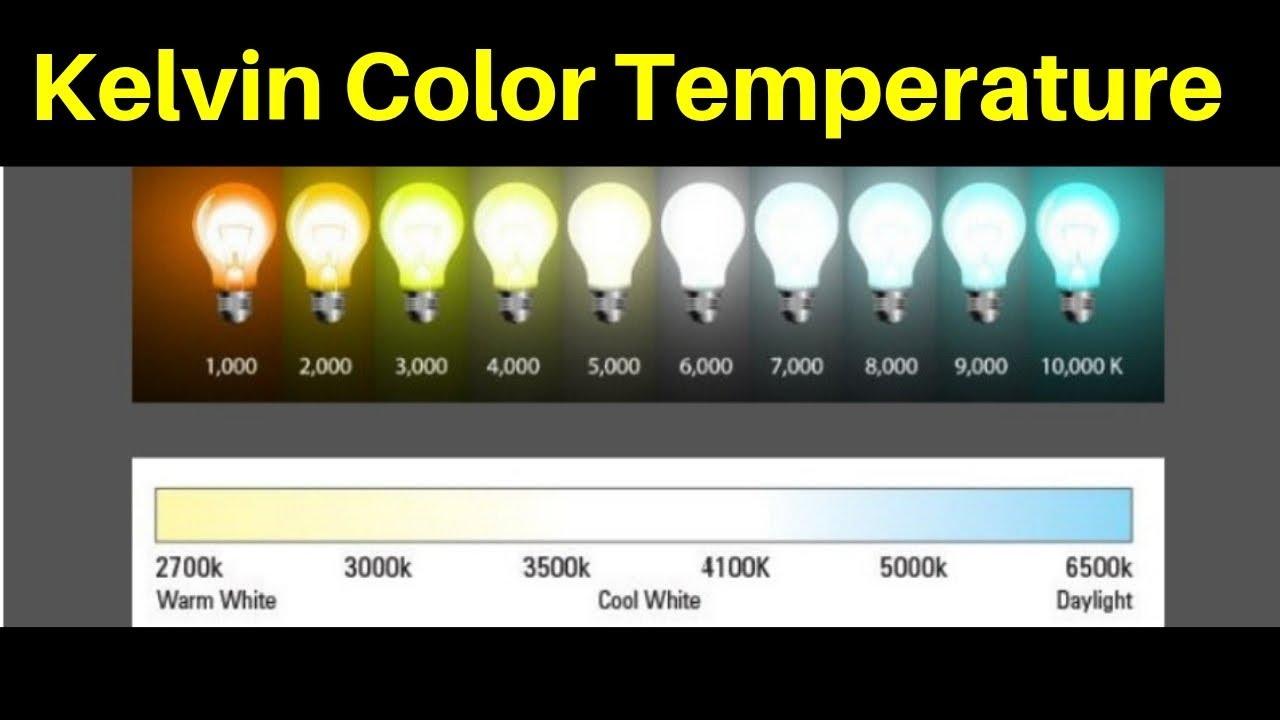When it comes to designing the perfect kitchen, lighting is a crucial element that can make or break the overall aesthetics and functionality of the space. In recent years, there has been a growing focus on the importance of selecting the right kelvin temperature for kitchen lighting, and for good reason. Kelvin temperature plays a significant role in creating the desired ambiance, mood, and functionality of your kitchen, making it essential to understand how to choose the right temperature for your space. So, what exactly is kelvin temperature, and how does it impact kitchen lighting? Kelvin temperature is a unit of measurement used to describe the color temperature of light sources. It is measured in degrees Kelvin (K), with lower values representing warmer, more yellow-toned light, and higher values representing cooler, more blue-toned light. Understanding this concept is crucial in creating the perfect kitchen lighting design.1. Choosing the Right Kelvin Temperature for Your Kitchen Lighting
Choosing the right kelvin temperature for your kitchen lighting is essential for several reasons. Firstly, it affects the overall ambiance and mood of the space. Warm-toned lighting can create a cozy and inviting atmosphere, while cooler-toned lighting can give a more modern and sleek feel. Secondly, kelvin temperature can also impact the color and appearance of your kitchen. The right temperature can enhance the colors of your cabinets, countertops, and backsplash, while the wrong temperature can make them look dull and unflattering. Lastly, kelvin temperature can affect the functionality of your kitchen. The right lighting can make tasks like cooking and food preparation easier and more efficient, while the wrong lighting can cause glare and shadows, making it challenging to see and work in the kitchen.2. The Importance of Kelvin Temperature in Kitchen Lighting
So, how do you determine the ideal kelvin temperature for your kitchen lighting? It ultimately depends on your personal preference and the overall design aesthetic of your kitchen. Warm-toned lighting, with a kelvin temperature of around 2700K-3000K, is typically preferred for creating a cozy and inviting atmosphere. This temperature is also suitable for accent lighting, such as under-cabinet lighting or pendant lights over a kitchen island. For a more modern and sleek look, cooler-toned lighting with a kelvin temperature of 3500K-4000K is ideal. This temperature is also suitable for task lighting, such as over the kitchen sink or stovetop.3. Kelvin Temperature: A Guide to Selecting the Perfect Kitchen Lighting
Now that you understand the importance of kelvin temperature in kitchen lighting and how to select the right temperature for your space, it's time to put it into action. One way to create the perfect kitchen lighting is by layering different kelvin temperatures throughout the space. For example, you can use warm-toned lighting for general ambient lighting, cooler-toned lighting for task lighting, and a combination of both for accent lighting. This layering technique not only creates a visually appealing space but also ensures that your kitchen has the right lighting for all your needs.4. How to Use Kelvin Temperature to Create the Perfect Kitchen Lighting
When designing your kitchen lighting, it's crucial to keep in mind the color temperature of your light sources. Different light sources, such as LED, fluorescent, and incandescent, have different kelvin temperatures, which can affect the overall look and feel of your kitchen. It's essential to choose light sources with similar kelvin temperatures to ensure consistency throughout the space. You can also use dimmers to adjust the kelvin temperature of your lighting, allowing you to change the ambiance and mood of your kitchen as needed.5. Kelvin Temperature and Its Impact on Kitchen Lighting Design
To truly achieve the perfect kitchen lighting, it's essential to understand the science behind kelvin temperature. As mentioned earlier, kelvin temperature is measured in degrees Kelvin, with the lowest value being 1000K (warm, reddish light) and the highest value being 10,000K (cool, bluish light). The recommended range for kitchen lighting is typically between 2700K-4000K, as this provides a warm and comfortable atmosphere while still allowing for efficient task lighting.6. Understanding Kelvin Temperature for Optimal Kitchen Lighting
When it comes to creating a bright and inviting kitchen, a kelvin temperature of 2700K-3000K is usually the best choice. This temperature gives off a warm, yellow-toned light that can make the space feel cozy and welcoming. It also brings out the natural warmth and richness of wood tones, making it an excellent choice for kitchens with wooden cabinets and countertops.7. The Best Kelvin Temperature for Bright and Inviting Kitchen Lighting
As mentioned earlier, kelvin temperature plays a significant role in creating the desired ambiance and mood in your kitchen. For a more modern and sleek ambiance, a kelvin temperature of 3500K-4000K is ideal. This temperature gives off a cooler, bluish light that can make the space feel bright and crisp. It also works well with modern design elements, such as stainless steel appliances and sleek, white cabinetry.8. Kelvin Temperature: The Key to Achieving the Perfect Kitchen Lighting Ambiance
Depending on the type of lighting fixture, adjusting the kelvin temperature may be more or less challenging. For example, changing the kelvin temperature of LED lights is relatively easy, as most LED bulbs come with a dimming feature that allows you to adjust the temperature. On the other hand, adjusting the temperature of fluorescent lights may require replacing the entire fixture. It's essential to consider the type of lighting in your kitchen and its adjustability when choosing the right kelvin temperature for your space.9. How to Adjust Kelvin Temperature for Different Types of Kitchen Lighting
In conclusion, kelvin temperature is a crucial element in creating the perfect kitchen lighting design. It affects the ambiance, mood, color, and functionality of the space, making it essential to understand how to choose the right temperature for your needs. By following this guide and understanding the science behind kelvin temperature, you can achieve optimal kitchen lighting that not only looks great but also enhances the overall functionality of your kitchen.10. The Science Behind Kelvin Temperature and Its Role in Kitchen Lighting
Kelvin for Kitchen Lighting: Why It Matters in House Design
What is Kelvin?
 Kelvin is a unit of measurement used to describe the color temperature of light. It is named after the British physicist and engineer, Lord Kelvin, who developed the Kelvin scale in the mid-1800s. Unlike the standard measurement of temperature, which is in degrees Celsius or Fahrenheit, kelvin measures the color of light on a scale from 1,000 to 10,000.
Kelvin is a unit of measurement used to describe the color temperature of light. It is named after the British physicist and engineer, Lord Kelvin, who developed the Kelvin scale in the mid-1800s. Unlike the standard measurement of temperature, which is in degrees Celsius or Fahrenheit, kelvin measures the color of light on a scale from 1,000 to 10,000.
How Does Kelvin Affect Kitchen Lighting?
 When it comes to kitchen lighting, the kelvin scale is used to determine the color temperature of the light bulbs. This is important because different color temperatures can create different moods and affect the overall feel of the room. For instance, a warmer color temperature (around 2,700 kelvin) can create a cozy and inviting atmosphere, while a cooler color temperature (around 5,000 kelvin) can give a more modern and bright feel.
Choosing the Right Kelvin for Your Kitchen
The key to achieving the perfect lighting in your kitchen is finding the right balance of kelvin. This will depend on the size and layout of your kitchen, as well as your personal style and preference. As a general rule, the recommended color temperature for kitchen lighting is between 2,700 to 5,000 kelvin.
Task Lighting vs. Ambient Lighting
In order to create a well-lit and functional kitchen, it's important to consider the different types of lighting needed. Task lighting, such as under-cabinet lights or pendant lights above the kitchen island, should have a higher kelvin (around 3,000-4,000) to provide enough brightness for cooking and food preparation. Ambient lighting, on the other hand, can have a lower kelvin (around 2,700) to create a more relaxed and cozy atmosphere for dining and entertaining.
Final Thoughts
When it comes to designing a beautiful and functional kitchen, the right lighting is essential. By understanding the concept of kelvin and how it affects the color temperature of light, you can create the perfect ambiance for your kitchen. So, the next time you're choosing light bulbs for your kitchen, remember to consider the kelvin scale to achieve the perfect lighting for your space.
When it comes to kitchen lighting, the kelvin scale is used to determine the color temperature of the light bulbs. This is important because different color temperatures can create different moods and affect the overall feel of the room. For instance, a warmer color temperature (around 2,700 kelvin) can create a cozy and inviting atmosphere, while a cooler color temperature (around 5,000 kelvin) can give a more modern and bright feel.
Choosing the Right Kelvin for Your Kitchen
The key to achieving the perfect lighting in your kitchen is finding the right balance of kelvin. This will depend on the size and layout of your kitchen, as well as your personal style and preference. As a general rule, the recommended color temperature for kitchen lighting is between 2,700 to 5,000 kelvin.
Task Lighting vs. Ambient Lighting
In order to create a well-lit and functional kitchen, it's important to consider the different types of lighting needed. Task lighting, such as under-cabinet lights or pendant lights above the kitchen island, should have a higher kelvin (around 3,000-4,000) to provide enough brightness for cooking and food preparation. Ambient lighting, on the other hand, can have a lower kelvin (around 2,700) to create a more relaxed and cozy atmosphere for dining and entertaining.
Final Thoughts
When it comes to designing a beautiful and functional kitchen, the right lighting is essential. By understanding the concept of kelvin and how it affects the color temperature of light, you can create the perfect ambiance for your kitchen. So, the next time you're choosing light bulbs for your kitchen, remember to consider the kelvin scale to achieve the perfect lighting for your space.
















































































